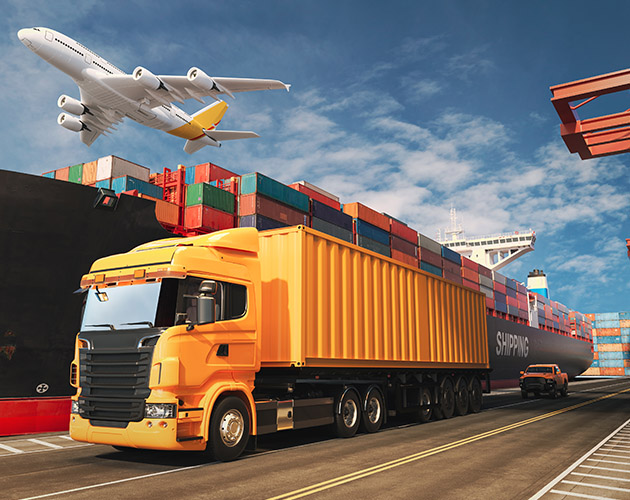Thailand’s Import Procedures
Leave a CommentAll goods that are imported into Thailand must be reported to the Thai Customs Department. The steps required to import products into Thailand legally are outlined below.
Step 1 – E-Customs system registration
As of January 1st, 2007, the procedures for importing goods into Thailand have been centralized into the online e-Customs system. In order to register for the e-Customs system, the importer must first obtain a “digital certificate” prior to registration. A digital certificate is an electronic signature file used to confirm the identity of the sender of electronic documents and the authenticity of said documents.
Once a digital certificate is obtained, the importer may then proceed to register for the e-Customs system. Companies can either register with the system directly (i.e. at their own office) or through an agent. If a company decides to register through an agent, the agent will handle all aspects of the registration process. If a company decides to register to use the e-Customs system directly, the following steps must be taken:
e-Customs software must be installed on the company’s IT system, and digital certificates must be verified;
- the importer must register with Thai Customs at one of the following places:
- The Registration and Customs Privileges Sub-Division;
- Customs Procedures and Valuation Standard Bureau;
- or the General Administration Division at each Customs office;
- the accuracy and readiness of message exchange with the e-Customs system must be tested;
- once tests are completed successfully, the Communication and IT Bureau will issue an e-Customs registration ID, and the process is complete.
Step 2 – Review of controlled goods
Two separate checks must be made before goods are imported: first, products that require an import permit (if any) must be identified. A range of goods requires import permits issued by different agencies before the date of arrival. Second, it must be ascertained if products are considered ‘red line’ goods (as opposed to green line). Red line goods are goods found to be at high risk or requiring additional certification and verification upon arrival. When importing red line goods, it is necessary to provide the following supporting documents:
- Bill of Lading (B/L) or Air Waybill
- Invoice
- Packing List
- Import License (if required)
- Certificates of origin
- Other relevant documents (e.g. list of ingredients, technical standards certificates, etc.)
There is no definitive list of red line goods. However, the e-Customs system will inform the importer once the Import Declaration has been submitted (see Step 3) whether the goods are considered red line or green line. As such, it is crucial to ensure the correct paperwork is prepared for all imports in order to be prepared for a shipment being flagged as being red line.

Step 3 – Submission and verification of the declaration
Once all correct documentation is prepared, an Import Declaration can be submitted to the e-Customs system together with an arrival report with the information of the vessel carrying the shipment of goods. The e-Customs system will then check and verify the submission, identify any discrepancies, and specify whether the shipment is considered green line or red line.
Step 4 – Payment of taxes and duties
Thai Customs Tariff Decree B.E. 2530 (1987) stipulates that “goods imported or brought into, exported, or taken out of the Kingdom shall be chargeable with and liable to duty”. Some items are exempt from import duties.
For goods that are subject to import duties, payment can be made at either the Customs Department of the port of entry or via the e-Customs system’s e-Payment section.
Step 5 – Inspection and release
The final step before the imported cargo is released is the inspection of the goods. For green line goods, this is a simple online screening and will take only a few minutes. For red line goods, all the supporting documents will have to be presented, and the cargo must be physically examined by customs officials.
If you have any question regarding the Thailand’s Import Procedures, Feel free to contact us at [email protected] or +66 (02) 117 9131 – 2.


